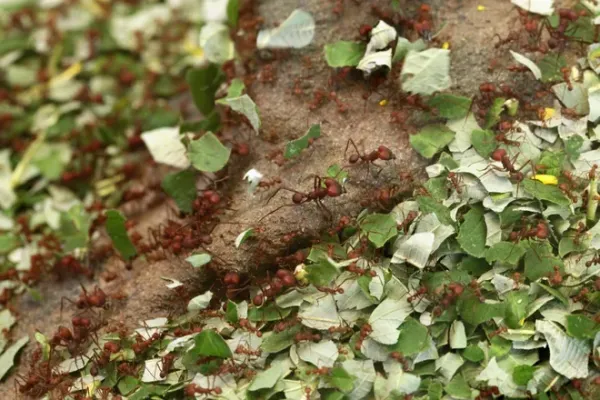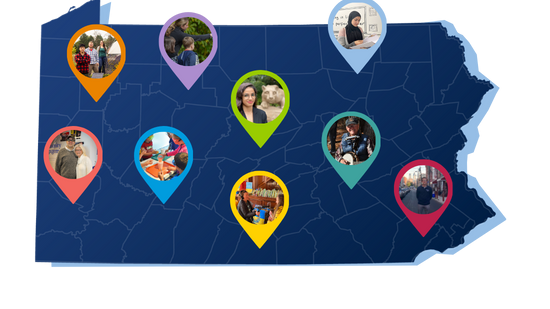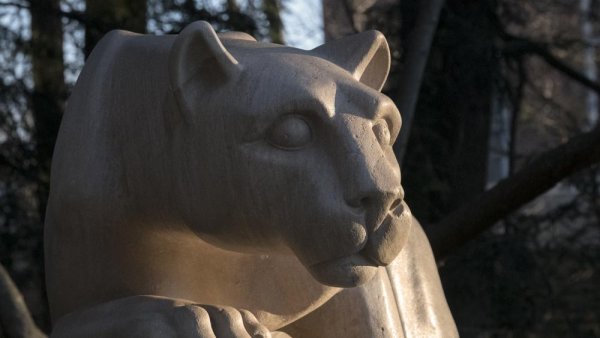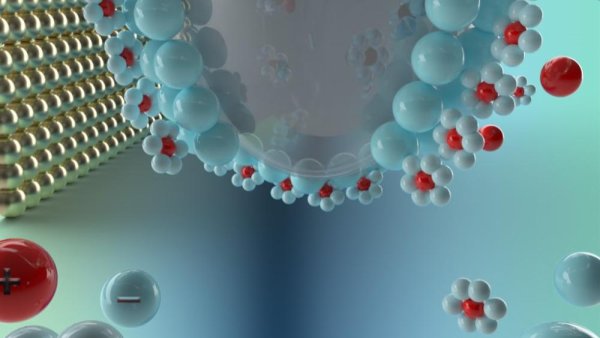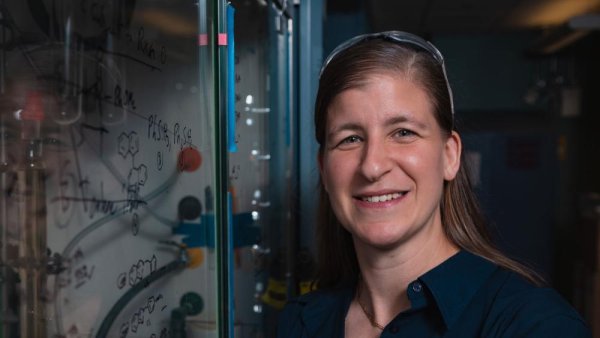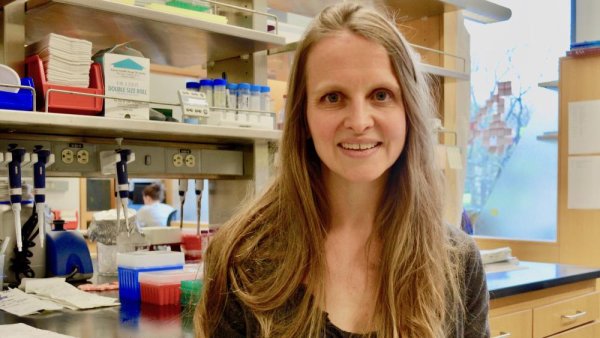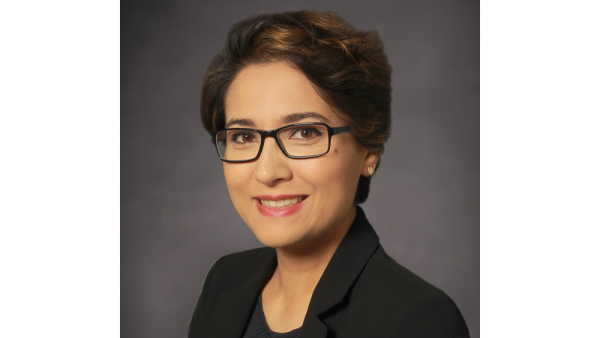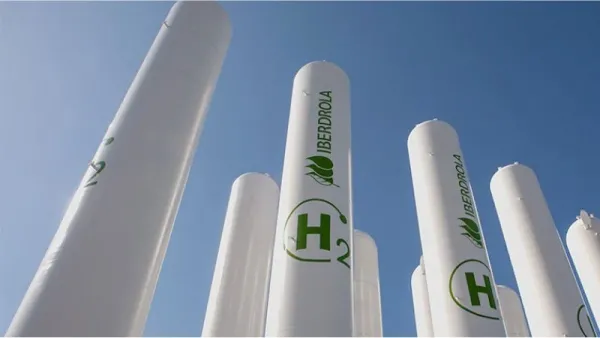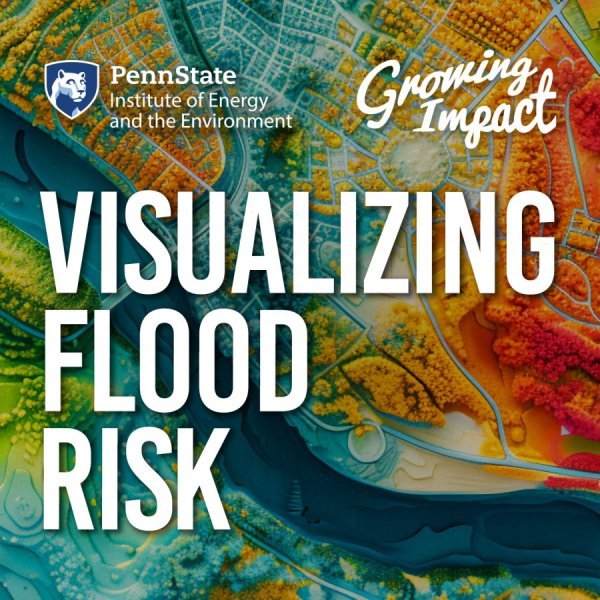Rake it or leave it? What gross stuff may be hiding under those piles on your lawn?
| usatoday.com
The great debate on whether or not to rake leaves erupts each fall. When considering your options, remember what could be hiding under those piles. This article mentions Penn State research.
University-wide call to submit activities to the Community Impact Map by Oct. 15
| psu.edu
All campuses, colleges and other Penn State units are invited to submit activities to the Penn State Community Impact Map by Oct. 15 to be part of the map when it officially launches later this fall.
USDA grant to support summer research experiences for undergraduates
| psu.edu
The U.S. Department of Agriculture’s National Institute of Food and Agriculture recently announced an investment of $11.6 million in its Research and Extension Experiences for Undergraduates program. Among the recipients, Penn State’s College of Agricultural Sciences was awarded a $750,000 grant to support 50 undergraduate students in exploring career opportunities in food science and nutritional sciences.
12 Penn State faculty receive U.S. Fulbright Scholar Awards for 2024-25 year
| psu.edu
Twelve Penn State faculty members received Fulbright Scholar Awards for the 2024-25 academic year, according to the Fulbright U.S. Scholar Program. An additional four faculty members have been named Fulbright Specialist Award recipients.
Revamping an old technique to see battery design in a new way
| psu.edu
Batteries power everything from smartphones to electric vehicles, with their performance hinging on the critical interface between the electrode and electrolyte. Penn State and industry researchers have developed a method to observe this interface at a higher resolution, which could potentially reveal new ways to improve battery efficiency and lifespan.
$2M NSF Future of Semiconductors grant to team led by Penn State researchers
| psu.edu
A team led by Penn State researchers has been awarded a $2 million U.S. National Science Foundation grant to develop innovative semiconductor technologies for 6G wireless communications and sensing platforms.
Elizabeth Elacqua named Weinreb Early Career Professor
| psu.edu
Elizabeth Elacqua, associate professor of chemistry, has been appointed the Weinreb Early Career Professor in the Eberly College of Science. The professorship provides support to an outstanding faculty member studying organic chemistry during the critical early years of their Penn State career.
ICDS Day seeks to amplify synergy for interdisciplinary research opportunities
| psu.edu
The Penn State Institute for Computational and Data Sciences is hosting their annual event that aims to bring together faculty, students and industry professionals to foster innovation and interdisciplinary collaboration, ICDS Day MMXXIV: Shaping the Future of Penn State's Digital Research, on Oct. 23.
USDA to fund analysis of how U.S. businesses approach decarbonization
| psu.edu
A team of researchers, led by two Penn State agricultural economists, will receive $650,000 over three years to study why, how and where U.S. businesses are developing and adopting renewable energy sources — a process known as decarbonization — and how these decisions could affect rural communities.
Amie Boal named Nicholas and Gelsa Pelick Family Chair in Science
| psu.edu
Amie Boal, professor of chemistry and of biochemistry and molecular biology, has been named the Nicholas and Gelsa Pelick Family Chair in Science.
$1.5M NSF grant to launch AI-designed biosensor research project
| psu.edu
To enhance biosensor development via artificial intelligence and offer STEM education opportunities to K-12 students from underserved communities, the U.S. National Science Foundation recently awarded researchers at Penn State a three-year, $1.5 million grant.
Can hydrogen replace natural gas in power plants?
| eepower.com
Research projects target stronger materials and hot gas path components for turbines using hydrogen-containing fuels. This article mentions Penn State research.

